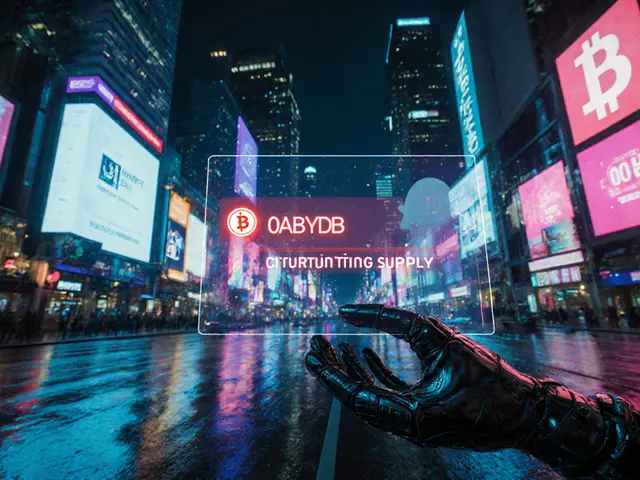
DeFi Token: What It Is, Why It Matters, and Where It’s Heading
When you hear DeFi token, a digital asset that powers decentralized finance applications such as lending, staking, and yield farming, also known as Decentralized Finance token, you’re looking at the fuel behind a whole ecosystem of services that run without banks. DeFi token isn’t just a buzzword – it’s a concrete unit that lets users earn interest, trade without intermediaries, and access financial tools 24/7. This space thrives on three core ideas: open access, programmable money, and community‑driven governance.
One of the fastest ways users jump into a new DeFi token is through an airdrop, a free distribution of tokens to eligible wallets, often used to bootstrap a network or reward early supporters. Airdrops turn passive holders into active participants and instantly expand a token’s user base. They also create a ripple effect: more holders mean higher liquidity, which in turn attracts traders and developers. Projects like the Creator Platform (CTR) or DAR (D) token have shown how a well‑executed airdrop can spark a surge in community activity and even influence token price dynamics.
To actually move and trade these tokens you need a decentralized exchange, a peer‑to‑peer platform that matches buyers and sellers on‑chain, removing the need for a central authority. DEXes like Ultron Swap or Dfyn Network provide the infrastructure that lets you swap DeFi tokens instantly, earn fees as liquidity providers, and participate in governance votes. The rise of multi‑chain DEXes also ties directly into layer‑2 scaling, solutions that process transactions off the main blockchain to improve speed and cut costs. Technologies such as zk‑rollups (used by Immutable X) and optimistic rollups enable DeFi tokens to move at a fraction of Ethereum’s gas fees, making everyday trades affordable for retail users.
Why DeFi Tokens Are Shaping the Future of Finance
Regulation is the next big factor that will shape DeFi token adoption. Countries like Australia and Singapore are rolling out clear guidelines, while the EU’s zero‑threshold Travel Rule stresses compliance for cross‑border transfers. When regulators set transparent rules, projects can focus on building robust tokenomics rather than scrambling to dodge legal risks. This makes it easier for investors to assess risk and for developers to design compliant products. Below you’ll find a curated collection of articles that dive deeper into each of these areas—real‑world airdrop guides, hands‑on DEX reviews, layer‑2 breakdowns, and the latest regulatory updates. Whether you’re hunting for the next airdrop, comparing exchange fees, or trying to understand how a new layer‑2 could boost your yields, the posts listed next give you practical steps and up‑to‑date analysis to stay ahead in the DeFi token space.




